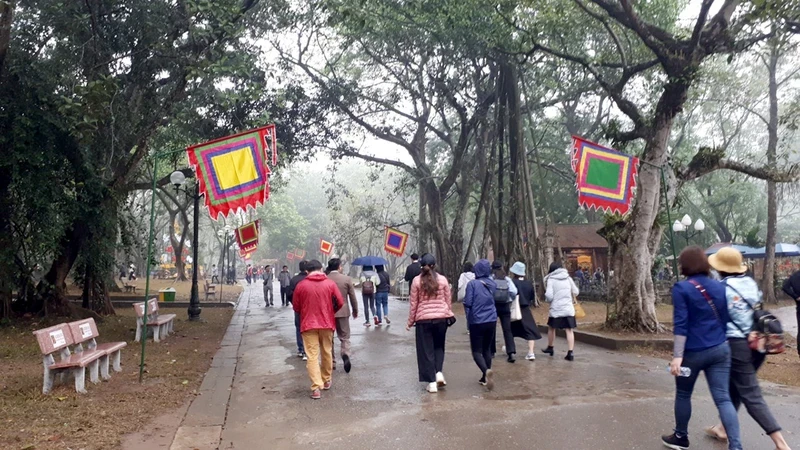
Vietnam has a system of religious and belief establishments throughout the country, many of which are famous historical and cultural relics. Typical examples include special national relics such as: Hung Temple (Phu Tho province); Huong Pagoda, Thay Pagoda, Tay Phuong Pagoda (Hanoi); Keo Pagoda ( Thai Binh province), Dau Pagoda, But Thap Pagoda (Bac Ninh province), Bai Dinh Pagoda spiritual tourism area in the Trang An World Cultural and Natural Heritage Complex...
Although Christianity entered Vietnam later than many other religions, it still has many religious establishments with famous architecture such as: the Great Church (Hanoi), Notre Dame Cathedral (Ho Chi Minh City), Phat Diem Stone Church (Ninh Binh), Kon Tum Wooden Church (Kon Tum)...
Along with that, our country has 8,000 festivals spread across provinces and cities, including regional religious and belief festivals with many unique cultural and spiritual features. This is a great potential for developing spiritual tourism. In fact, many localities have effectively exploited religious and belief establishments to attract tourists, linking spiritual tourism with cultural activities to contribute to promoting socio -economic development.
In human history, spiritual tourism is one of the earliest forms of tourism, starting with pilgrimages to sacred lands of religions and beliefs. According to estimates from the World Tourism Organization, in recent years, excluding the time affected by the Covid-19 pandemic, an average of 330 million people travel each year for religious reasons.
In Vietnam, the practice of going to festivals and pilgrimages to sacred lands of religions and beliefs has existed for a long time. The most prominent is the pilgrimage to the land of the Hung Kings in the ancestor worship of the Vietnamese people or those who follow the Mother Goddess religion always want to go to Phu Giay (Nam Dinh province), the birthplace of Mother Goddess Lieu Hanh and temples and shrines worshiping Saints in the Mother Goddess religion such as: Phu Tay Ho (Hanoi), Bao Ha temple (Lao Cai province), two temples worshiping Ong Hoang Muoi (in Nghe An and Ha Tinh)...
Spiritual tourism has overlap with cultural tourism, but there are also many differences, so it is considered a separate type. Because in addition to the activity of worshiping the beauty of religious and belief establishments, spiritual tourism is often associated with ritual activities and other experiences. Many religious and belief establishments are newly built works, not cultural heritages but still attract a large number of followers and visitors from all over. Typical of these are Bai Dinh Pagoda (Ninh Binh province), Tam Chuc Pagoda (Ha Nam province) or some Zen monasteries of Truc Lam Zen sect.
Implementing the policy of freedom of religion and belief, Vietnam has now recognized 36 religious organizations belonging to 16 religions. Along with many other religious activities, the demand for spiritual tourism is very large and has great potential for development. In many localities, spiritual tourism plays a key role in the local economic structure. Typically, the Ba Den Mountain Spiritual Tourism Area (Tay Ninh Province) in 2023 reached the milestone of 5 million people taking the cable car up the mountain. Huong Pagoda in 2023 welcomed more than 1 million tourists...
Not only playing an important role in the socio-economic development of localities, spiritual tourism is increasingly playing an important role in the customer structure of enterprises. Many large religious establishments across the country are included in the tours of most travel agencies.
However, due to its unique nature, spiritual tourism today also has many potential complex problems. Beliefs and sacredness are easily exploited, turning into superstitious and heretical elements. The manifestations of superstition and heresy are extremely diverse, from simple forms such as the abuse of burning votive paper and fortune telling to more complex forms.
For example, in the Mother Goddess worship, the ritual of spirit mediumship is one of the elements of the World Cultural Heritage of the Mother Goddess worship practice. However, when spirit mediumship occurs, there is the phenomenon of “saints descending” and “saints entering”, many people take advantage of this element to “judge” or to propagate for personal purposes. Some relics and festivals have had cases of looting leading to fights. In some areas, fake temples and shrines have been built to “follow” real religious and belief establishments.
Recently, the forms of profiteering from spiritual activities tend to be more sophisticated, especially the fabrication of stories to “sacredize” religious and belief establishments to attract followers; the promotion of religious and belief establishments’ records to attract Buddhists to worship… In many cases, staff at spiritual tourist sites have misinterpreted the meaning and value of religious and belief structures, and the “sacredness” of objects of worship in order to attract visitors.
Spiritual tourism is a real need of most communities and brings many socio-economic benefits. However, profiting from spiritual activities leads to the risk that the more spiritual tourism develops, the more likely it is to become superstitious, superstitious, and commercialized. Another problem with spiritual tourism is its “seasonality”. In many localities, most spiritual tourism destinations are only crowded with visitors in the first three months of the year, and the remaining months are very deserted.
For example, Soc Temple (Soc Son District, Hanoi) attracts tens of thousands of visitors a day at the beginning of the year, but the rest of the time, a large complex with many beautiful structures, a harmony between man-made and natural structures, has only a few visitors. This causes a huge waste of tourism resources when many spiritual tourist areas have beautiful landscapes.
The first reason comes from people's customs. Many people consider spring to be the season to go to temples to pray for the whole year. Many people go to religious and belief establishments only to pray for luck; their awareness of the objects of worship and understanding of cultural beliefs and religions are limited, so they do not have the need to experience deeply.
Objectively, many spiritual tourism areas mainly exploit existing resources without researching and developing new activities and experiences for tourists. This leads to poor activities at religious and belief facilities. Even though they have beautiful landscapes, they are still not enough to "attract" visitors to worship and experience in other seasons of the year.
To develop and prevent shortcomings in religious activities and beliefs, and at the same time to develop sustainable spiritual tourism, it is necessary to first raise public awareness of religious activities and beliefs as well as the values of religious culture and beliefs. Religions, despite their different origins, objects of worship or dogmas, have one thing in common: they all direct people towards the values of "truth, goodness and beauty".
On the other hand, when religions and beliefs from abroad entered Vietnam, they all strongly interacted and assimilated with Vietnamese culture. Being strongly influenced by the spirit of national solidarity, religions are harmonious and have no conflicts; in the same community, there are many people following different religions but living in harmony with each other.
Currently, spiritual tourism in Vietnam only focuses on festivals, New Year's worship, and destination check-in. However, when having knowledge, when visiting temples, churches, cathedrals, sacred and ancient places, people will spend time learning about history, religious culture, participating in spiritual rituals, both exploring the beauty of places of worship and seeking peace of mind and balance in a busy life.
To create positive changes, travel agencies themselves need to cooperate with localities and units managing religious and belief establishments to build healthy, more in-depth spiritual experience products. This way, people will not go to the temple to follow the trend but will focus on experiencing and learning activities.
To achieve the purpose of experiencing and learning, travel time will not be limited to the first months of the year when people have to jostle to go to the temple; at the same time, when the community is equipped with knowledge, blind beliefs will be reduced, superstition, "selling gods and saints", and commercialization of spiritual tourism activities will also decrease.
Currently, some travel agencies have initially organized in-depth spiritual tours. For example, tourists travel to religious and spiritual sites combined with meditation, yoga or talks by experts on religion, psychology, fine arts, etc.
Developing spiritual tourism is an inevitable requirement of life, requiring more attention from functional departments and branches. Only when public awareness is raised, combined with the construction of attractive tours, can the shortcomings in spiritual cultural activities in general and spiritual tourism in particular be overcome. In addition, management units and travel businesses also need to be aware of building healthy spiritual tourism experiences. Combining these two factors will help spiritual tourism develop more and more sustainably, making practical contributions to the socio-economic development of the country.
Source


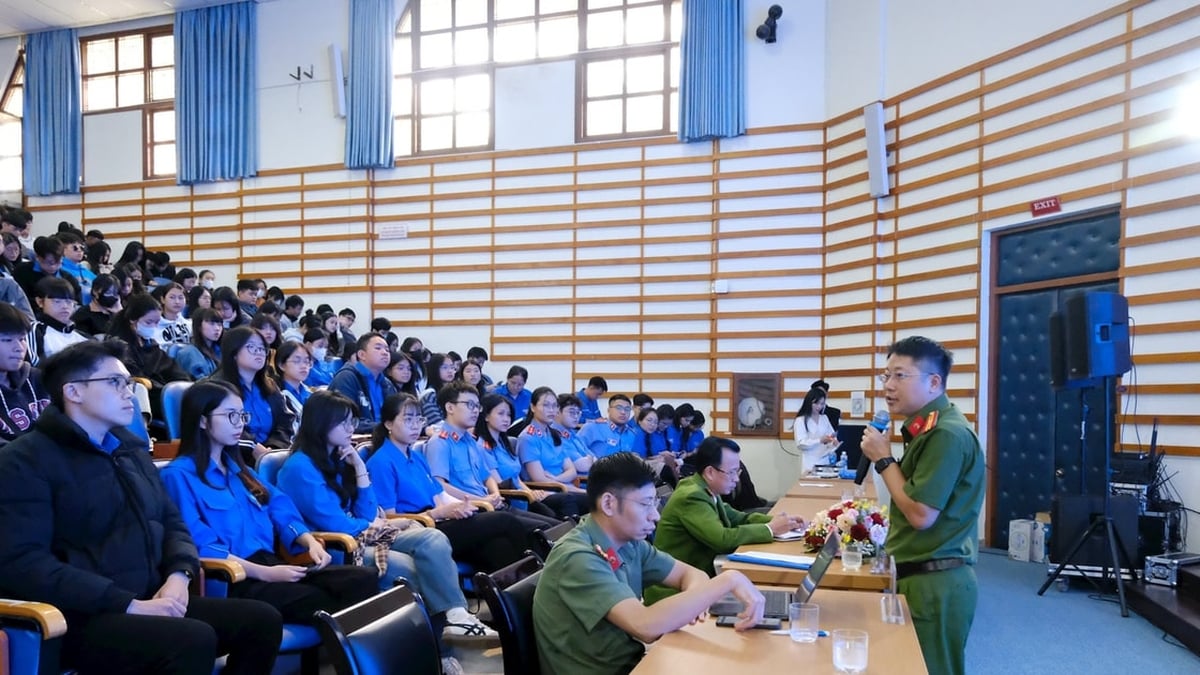

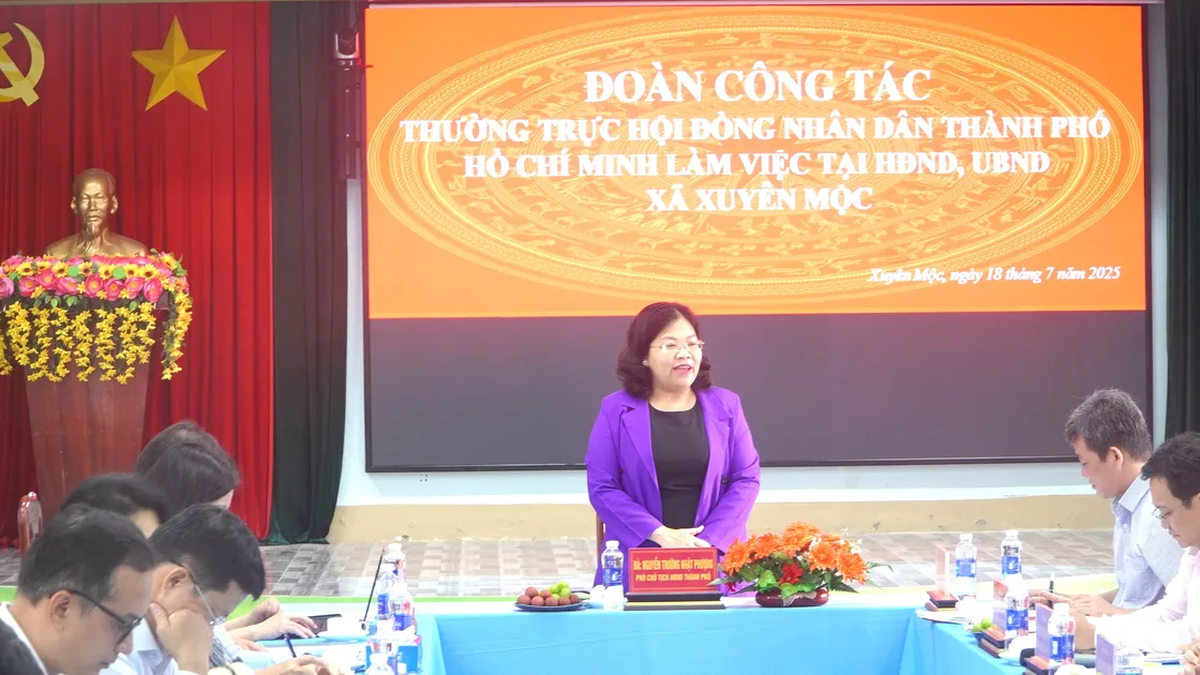
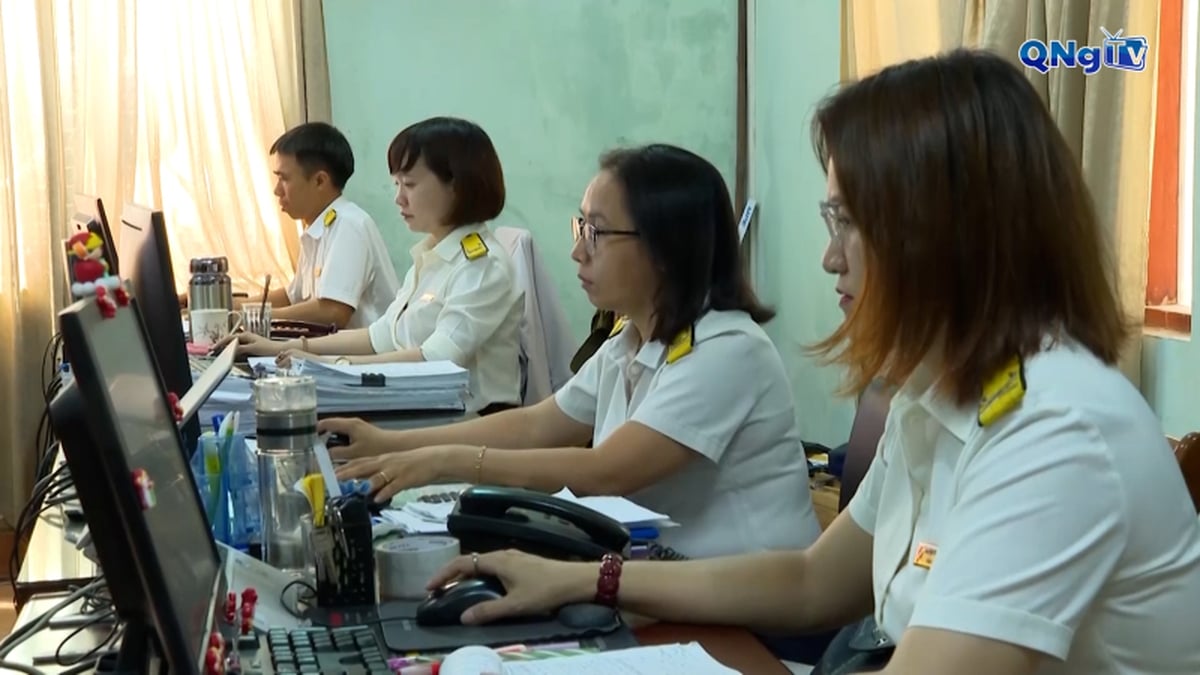
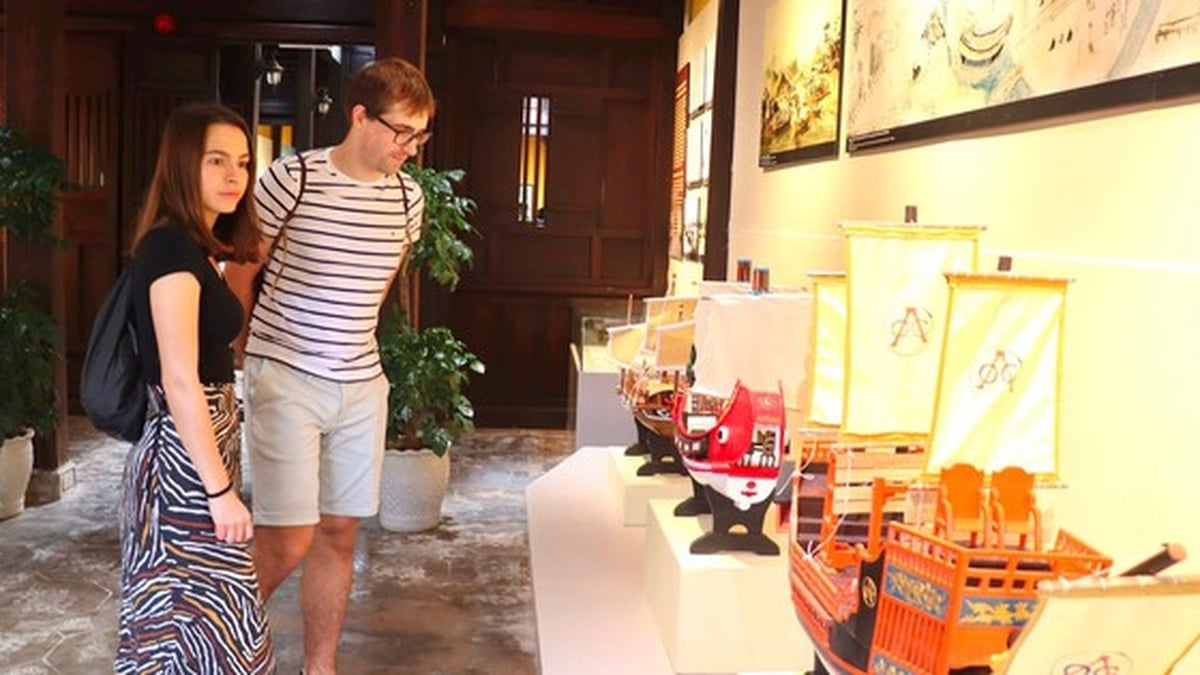
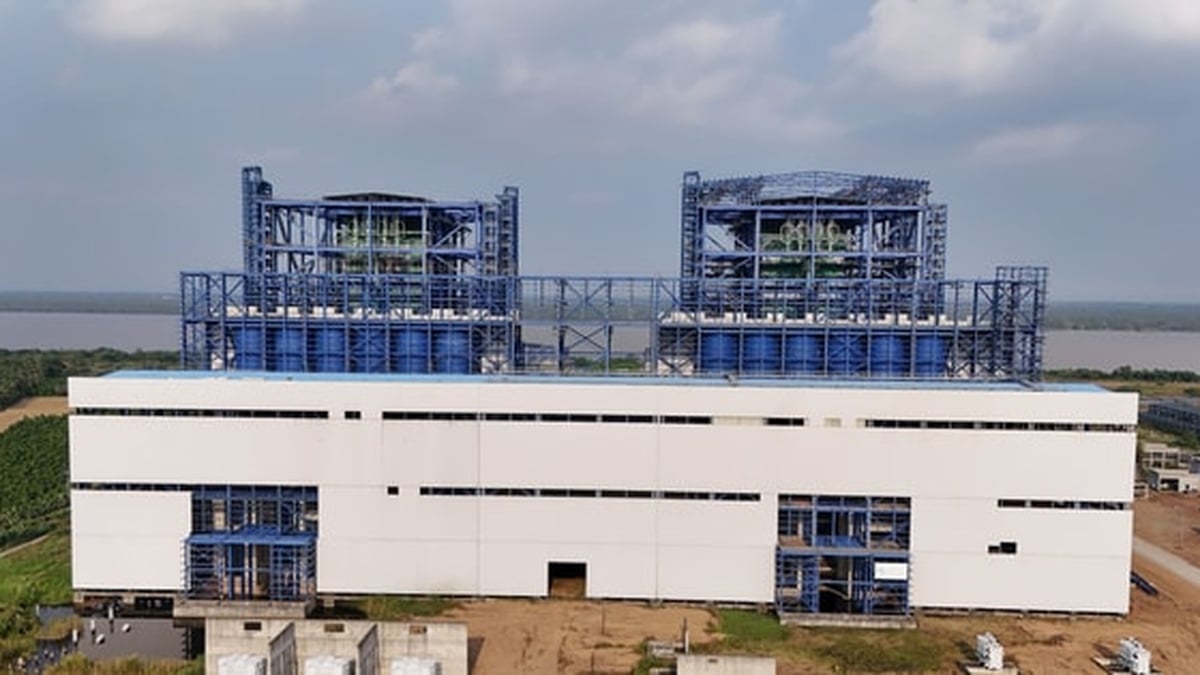

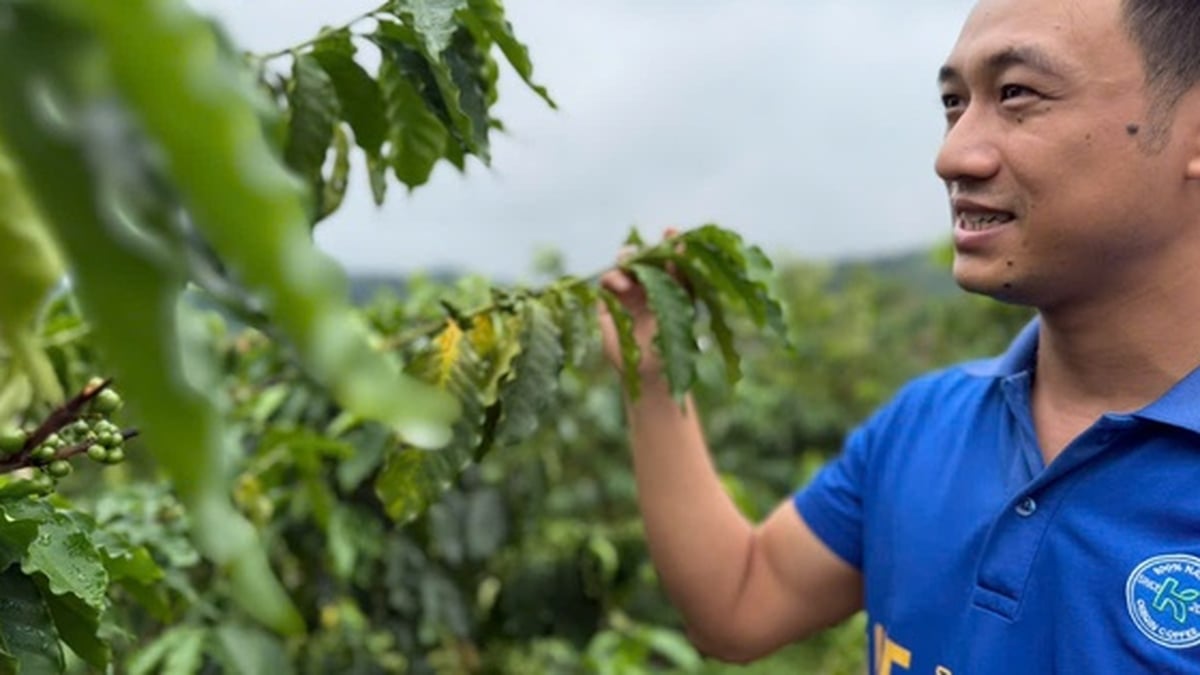

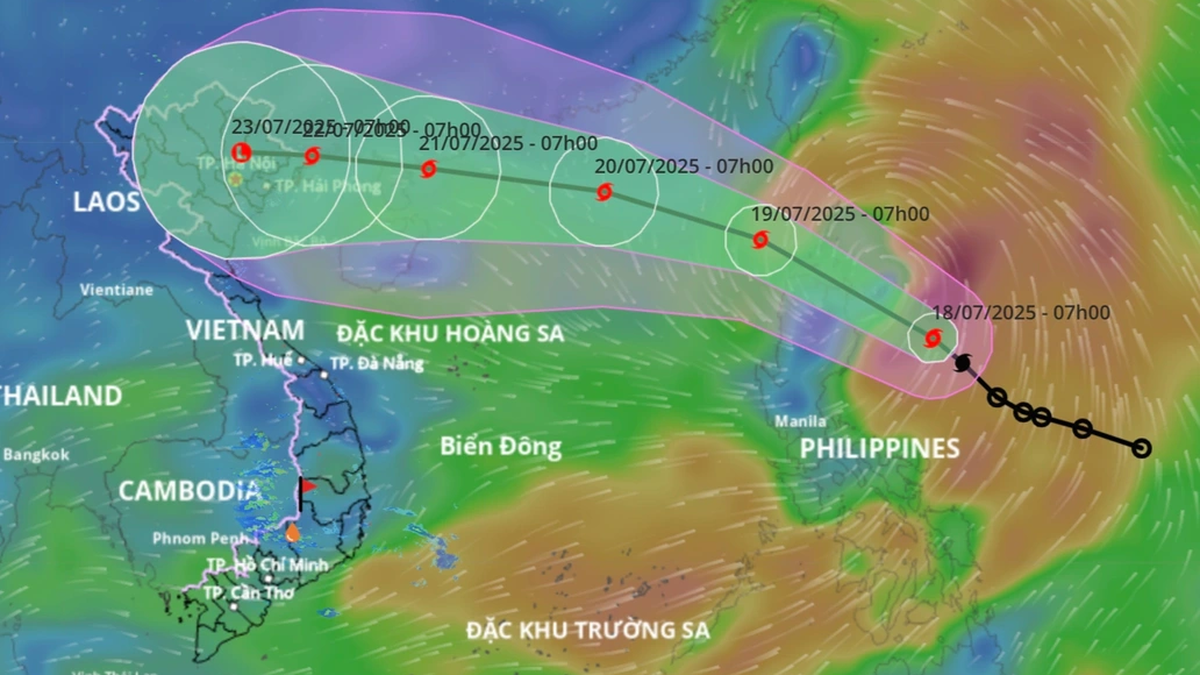












































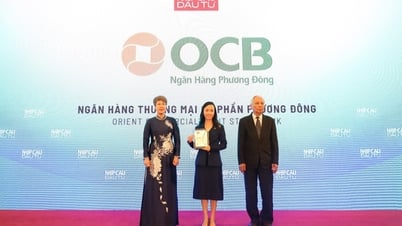
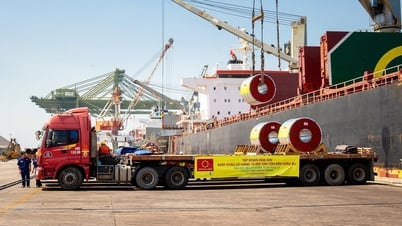






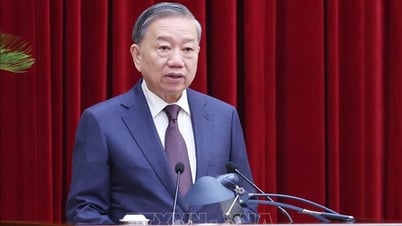

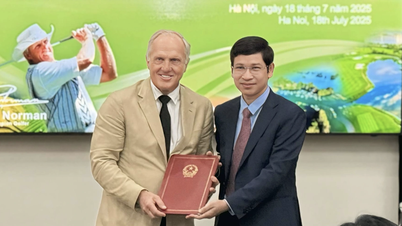

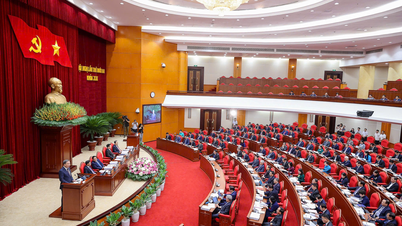





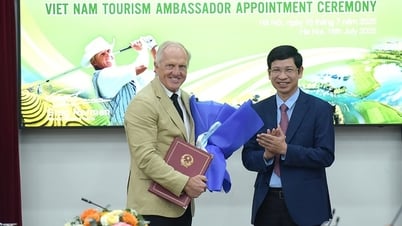
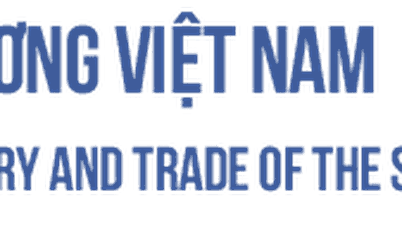


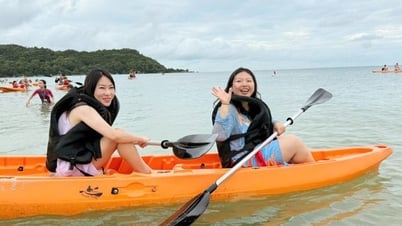














![[Infographic] In 2025, 47 products will achieve national OCOP](https://vphoto.vietnam.vn/thumb/402x226/vietnam/resource/IMAGE/2025/7/16/5d672398b0744db3ab920e05db8e5b7d)
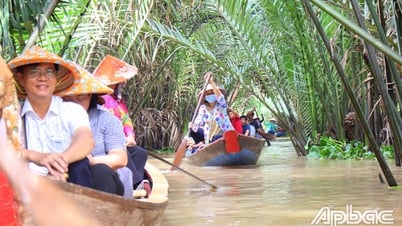






Comment (0)